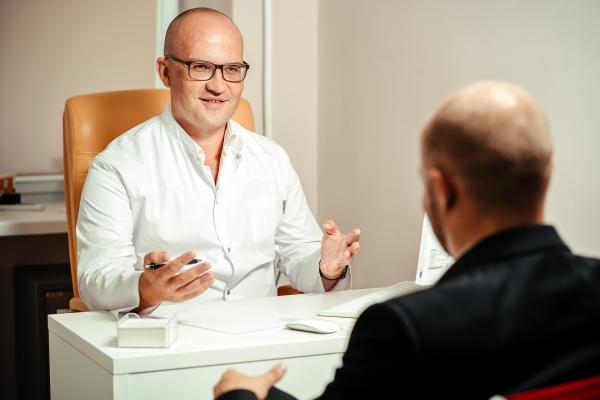For physicians, having the same patients over time is a beautiful experience – I was blessed as a surgeon to have that opportunity. Similarly, having the same physician who knows you and your ways makes for better care for patients. That continuity of care, because it can’t be quantified, is often underappreciated. Some countries have assigned primary care physicians to specific patients – it is true in the UK and, among other countries, Norway, the site of this study. Before we protest that this is not our system, let’s at least see what the researchers found.
In 2001, all of the population was assigned a PCP; their term was RGP or regular general practitioner. RGP’s work in groups of 3 to 6, typically with a patient population of 1200 each. They are the gatekeepers; there is no self-referral to outpatient, emergency, or hospital care. 88% of patients got their first choice of RGP when the scheme was introduced, and you can change RGP twice a year, so, over time, you can find someone that “gets you.” The other group members can and do see patients that require urgent care or will not wait for their RGP. Payment to physicians is a blend of capitation (a yearly fee to care for a patient) and a bit of fee-for-service with a variable associated rate of out-of-pocket expenses.
Norway’s health system is unified so that based on each patient’s ID, one can identify their co-morbidities, the interactions with the healthcare system, and the length of their relationship with their RGP. With that background, does the relationship's longevity, an essential but not sufficient component of continuity, alter care?
The 4700 RGPs were slightly more male, mid-career (early forties to mid-fifties), predominantly general practice specialists, with a 6% or smaller patient vacancy list.
The 4.5 million patients were roughly half male, youngish at a mean of 41.1, about a third were educated at the college or higher level. They were remarkably free of co-morbidities, as you might expect, given their age. On average, they were seen nearly three times a year.
- Compared to patients with a one-year RGP-patient relationship, the use of outpatient services decreased by 13% in the next year or so, to 30% less when the continuity of care was 15 years.
- Acute hospitalization showed a similar trend, decreasing by 12% in the early years and 28% at 15 years.
- Patient mortality was low to begin with, but it too showed “weaker” but similar declines.
- As one would expect, the patient’s health had a greater impact than the characteristics of their RGP in these patterns.
There are some limitations we need to mention. First, there is a parallel private system, so some patients with particular problems may have been siphoned away, making these results less “dramatic.” And to a large degree, these are well-patients, with few reasons to interact with the healthcare system outside of childbirth or injuries. But that said, those patients who had invested time with a physician seemed to require less urgent care and hospitalization.
Source: Continuity in general practice as a predictor of mortality, acute hospitalization, and use of out-of-hours services: a registry-based observational study in Norway British Journal of General Practice DOI: 10.3399/BJGP.2021.0340




